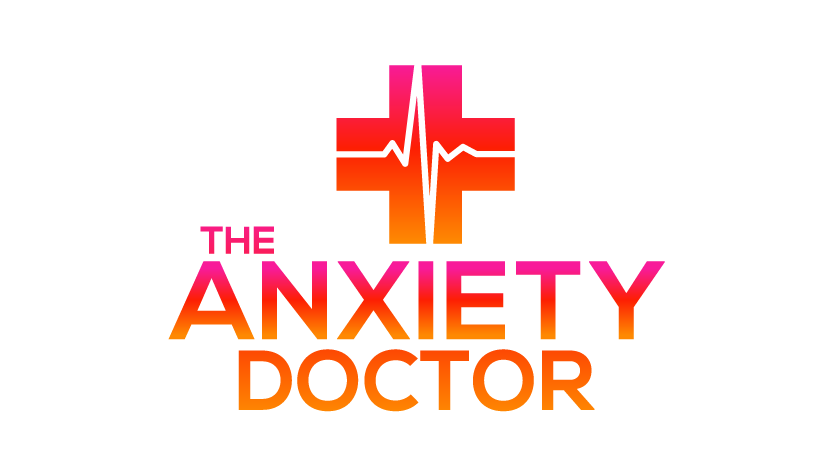What Is A SUD Scale?
And Why Do I Need To Use One?
When you are treating your anxiety on your own, you can borrow a lot from therapists. Therapists rely on SUD scales - which stand for Subjective Units of Distress to help them understand how their clients are tolerating a stressor or event. This is how a therapist knows how far to push during an intervention or homework assignment.
It is also a useful in determining whether you are making progress during an exposure (intervention). We expect to see higher SUDS levels at the beginning of an exposure, and then a drop in levels as time goes on. Some people drop sharply, some drop in steps and then plateau, and some drop very gradually over a long period of time. It is important that you understand your personal SUDS level pattern so you can better predict how long your distress will last.
Before you think, “well clearly, it is best to be a ‘Quick Spike and Fall’ type,” know this:
1) The longer it takes to fall - or habituate - the more work the brain has to do to return you to a distress-free state.
and
2) The more work your brain has to do to return you to a distress-free state, the more lasting the distress-free state can exist in the face of the same triggers.
The optimal range for re-wiring your brain during an anxiety or an OCD exposure is 6-7 (or 60-70). It is really not possible to be a 0 or a 10. (Unless you are dead.) My clients are usually aiming to induce distress anywhere between a 6 and an 8 on a SUD scale, and stay there as long as they are able.
Knowing your personal SUDS patterns can also serve to situate you in time during an exposure. For example, if you are a ‘steps and plateau’ type and you are hanging out at 60 on a 1-100 scale, or 6 on a 1-10 scale for a while, you can expect your SUDS level to drop suddenly if you continue to expose yourself to the distressing situation. When you become familiar with your distress pattern, you have more confidence and ability to ground yourself in reality.
A bonus of using a SUDS rating as a matter of practice improves your consistency and communication with with your own therapist and psychiatrist. As they get to know you, they will understand what it means to you to say you are an 8. SUDS ratings are personal. Your 8 is not necessarily another person’s 8.
You can have the SUD Scale I use in my practice for free right here.
Print it out, put one in your notebook, and use it as a visual to help you rate your distress levels during your exposure interventions. Before you can control your distress and anxiety levels, you must first have a system for rating them.
Just like no two snowflakes are identical, no two individuals experience distress in exactly the same way. Maybe someday you will make your own rating scale and I will ask you if I can share yours!
This article is for informational purposes only, even if and to the extent that it features the advise of medical practitioners. This article is not, nor is it intended to be, a substitute for professional medical advise, diagnosis, or treatment and should never be relied upon for specific medical advice.




